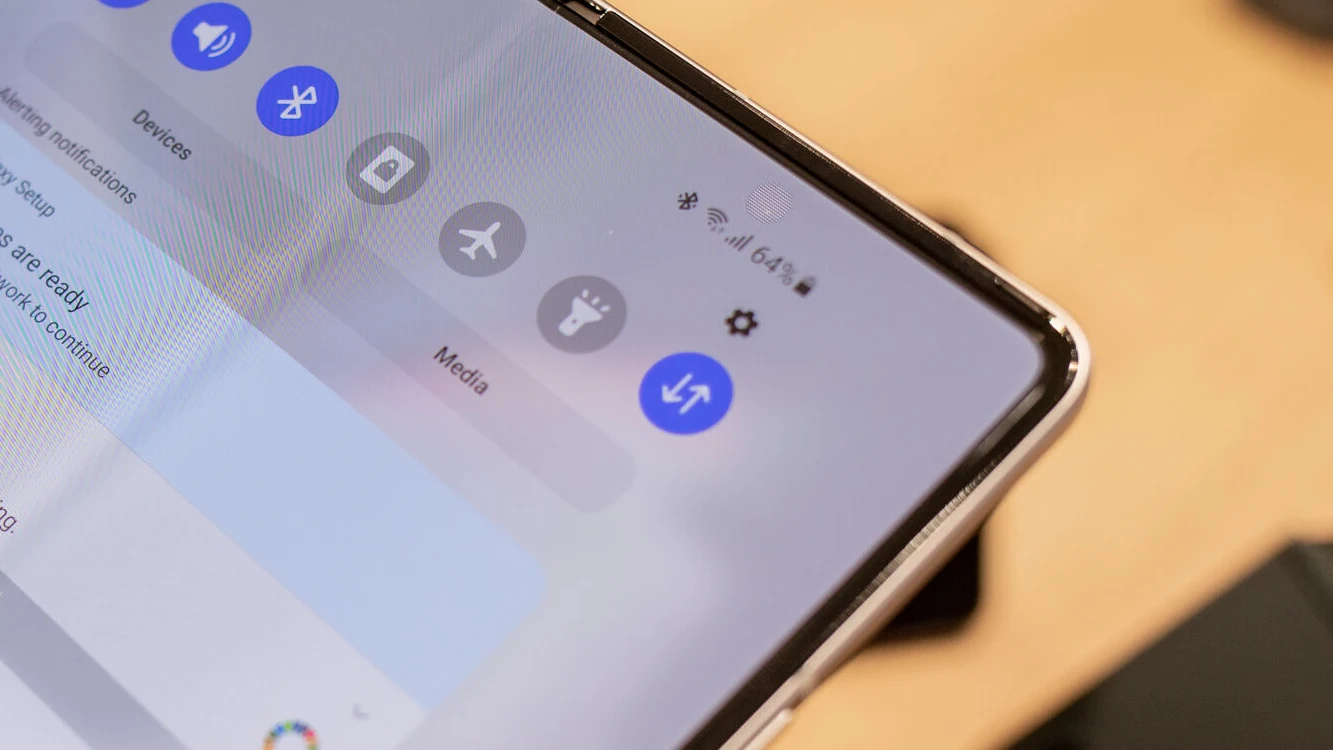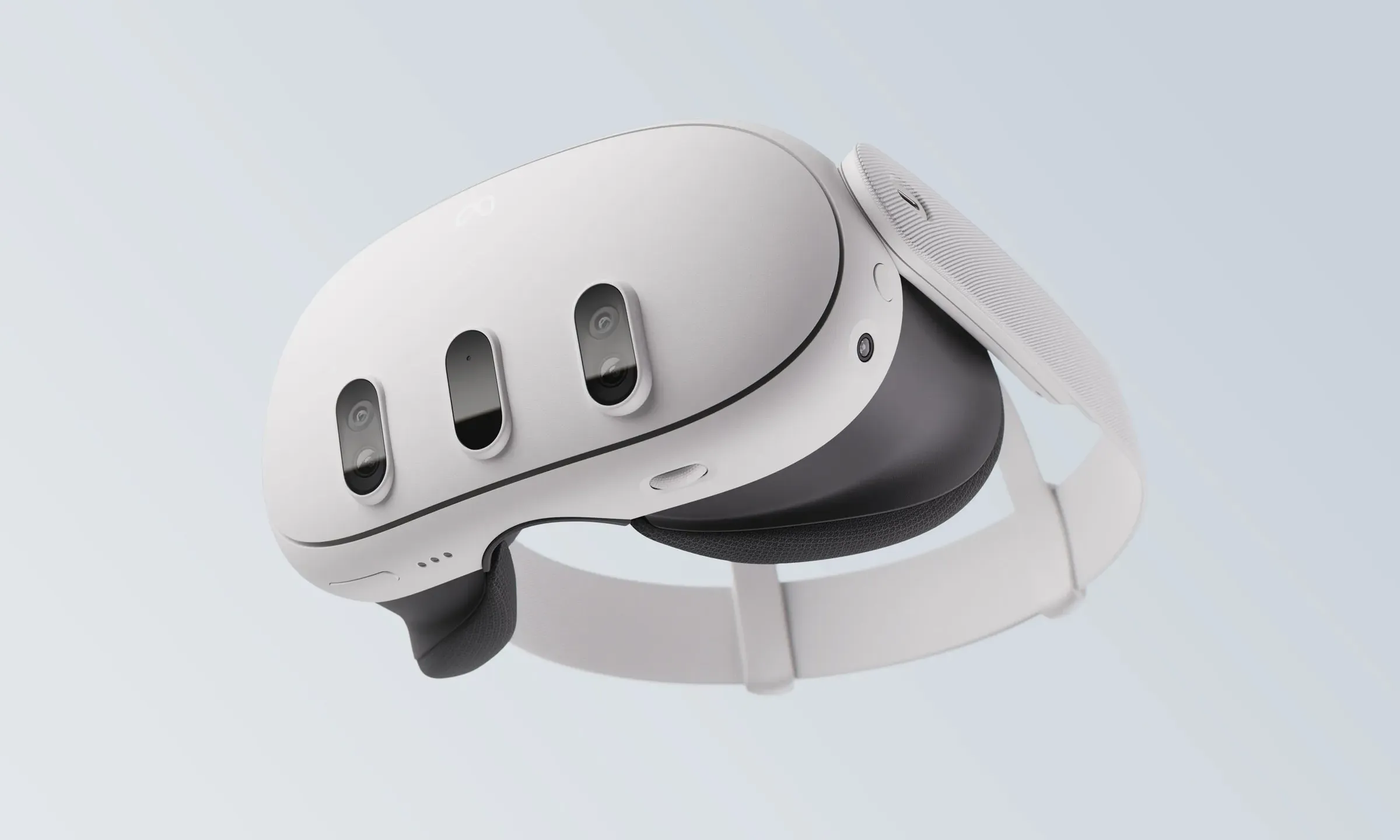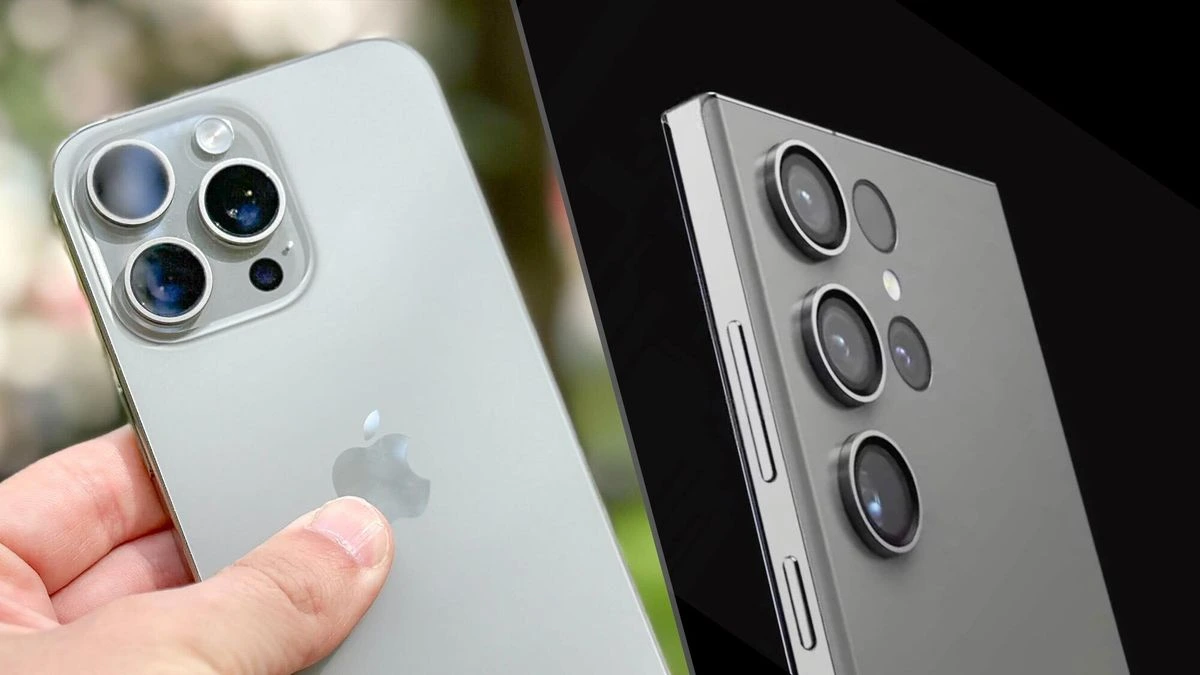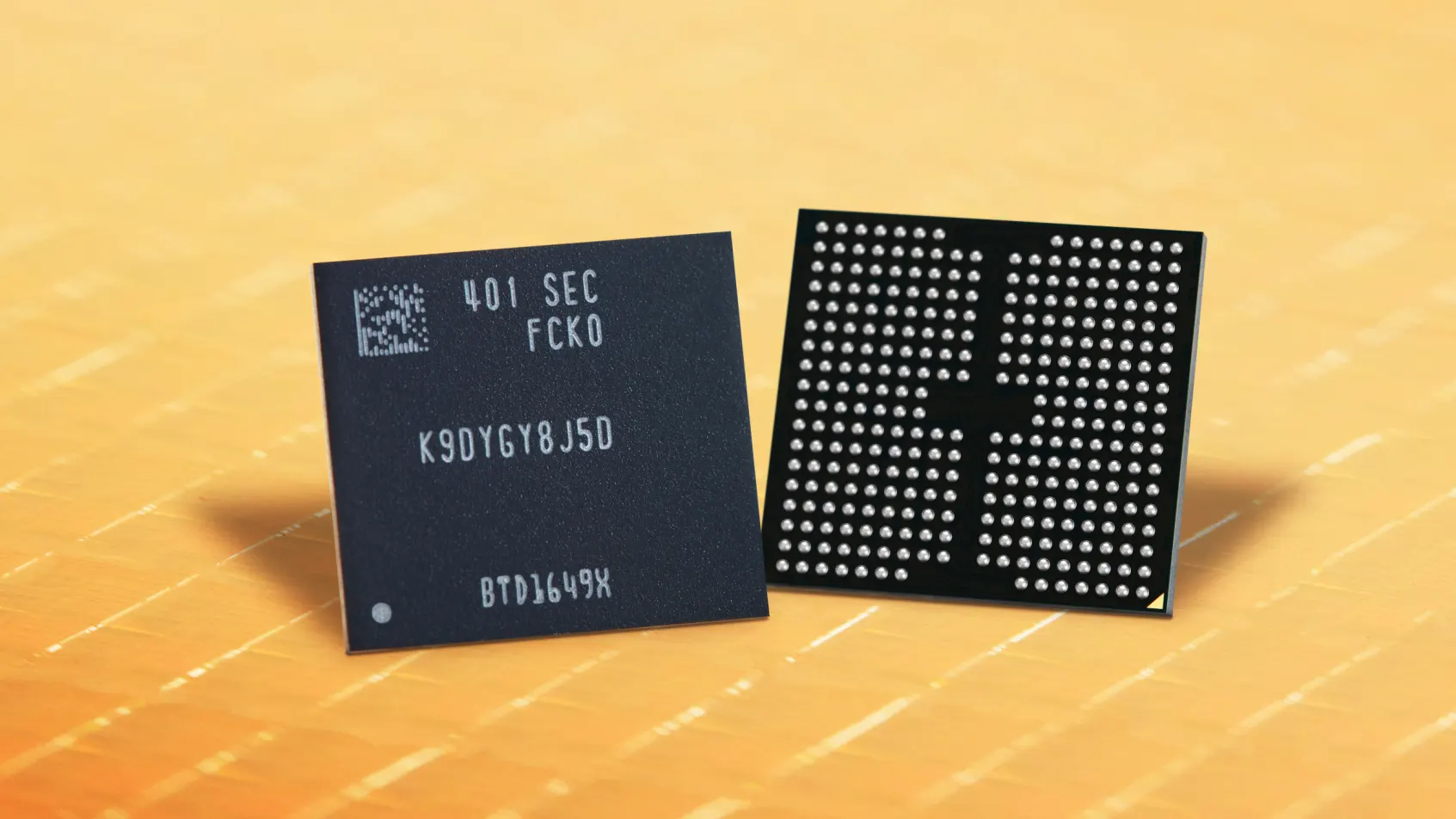Samsung
Samsung Galaxy S23 lineup will not consist of under display camera

Freshly an update has come from S.Korea that the upcoming Samsung Galaxy S23 will not have UDC under-screen front camera.
A blogger on the internet named ‘lanzuk’ on the Korean website has revealed this information. The user also released many pieces of information about other devices earlier.
He stated-
“It is a source for domestic-related parts companies.
It has been confirmed that UDC is not installed on the Galaxy S23 series as well “
(Relevant parts and content specifications have already been almost confirmed)
“However, it is said that the time for mounting after S24 may be a little earlier.”
The user mentioned that he has sources in his supply chain who have confirmed the lack of faith in the UDC by Samsung for the upcoming series.
His sources claimed that the companies such as ZTE and Xiaomi also tried implementing this but have not succeeded; the lack of a solution lead these companies and Samsung to opt out of this technology. Also to mention that this tech is not at the phase where it can achieve desired results.
Under-Display Camera (UDC) is a new imaging system that mounts a display screen on top of a traditional digital camera lens. The Galaxy Z Fold 3 was Samsung’s first smartphone to adopt under-display camera (UDC) technology.
Users experienced problems with UDC, telling as the appeal is to not have part of your screen missing at the trade-off of a worse camera experience or a top bezel would do just fine & previous solutions from lower-tier phones and OEMs were better.
Galaxy Z Fold 3 uses under-display camera technology that applies a minimum amount of pixels on top of the camera resulting in the quality of the image captured through UDC, which has a disappearing camera that provides for the enlargement of the viewing area is not good.
This results in pictures like laptop or webcam cameras which were decent but not good; this heavily relies on the AI & software enhancements for smoothening the images rather than capturing the real features as close as possible.
This resulted in the quality of selfie shots being lower than a regular camera.
This upsets many users who are paying top bucks for the flagship phones for a subpar camera.
Thus Samsung may opt-out of UDC from Galaxy S23, and the sources seem to cite a piece of reasonable information.
Samsung
Samsung To Face Challenge: Meta Opens OS For Other XR Headset Makers

The Korean giant ‘Samsung’ is setting up to introduce its mixed-reality headset by the end of this year.
When the Korean brand launches its device, it might encounter fierce competition from brands like ASUS, Lenovo, and even Microsoft. Meta has now made a significant move by renaming the Android-based operating system of its Quest MR/VR headset to Horizon OS.
Meta has opened up the operating system to third-party brands, and now Horizon OS will be used on MR/VR headsets from ASUS ROG, Lenovo, and Microsoft. ASUS is introducing several performance gaming headsets, whereas Lenovo is developing a mixed-reality headset for entertainment, learning, and productivity. Conversely, Meta is collaborating with Microsoft to launch a Quest headset that draws inspiration from Xbox.
Meta is expanding its strategy by making a two-pronged approach to boost its VR application ecosystem: first, by asking Google to bring the huge library of the Play Store to their Horizon OS; and second, by making it easier for developers to build VR applications by boosting active applications from Quest App Lab and offering new tools for smartphone app developers.
Although Samsung has already declared that it is actively working on an XR device with Google and Qualcomm, It is expected to use a version of Android optimized for mixed-reality headsets and a Qualcomm processor from the Snapdragon XR series.
It is reported that it could feature the Snapdragon XR2+ Gen 2 processor, a 4nm chip with an octa-core CPU, and a powerful Adreno 740 GPU that can drive two 4.3k screens at 90Hz. It can also support at least up to 12 cameras at the same time. It features 5G, Wi-Fi, and Bluetooth 5.3 for wireless connectivity.
Samsung
Samsung Overcomes Apple As Korean Army Prohibits iPhone

Since the South Korean army is banning the use of Apple iPhones, Apple’s boat appears to be sinking.
Again, Samsung won the cold war with Apple since the South Korean army prohibited the iPhones, effective June 1, but Samsung’s Galaxy smartphones will be exempt from the ban.
Previously, the Chinese government banned the use of Apple iPhones in government offices, and now the report has revealed that the same approach is under consideration by the South Korean army. It has become known that the South Korean army is considering banning the Apple iPhone regarding some security issues.
It is reported that, starting from military headquarters, a potential comprehensive ban is possible to extend to all subordinate units. If the reports are to be believed, Korea’s Air Force headquarters internally announced a complete restriction on any device capable of voice recording applications that does not allow third-party applications to control foreign functions.
This new regulation will be effective June 1, with “iPhones” cited as items subject to the guidance. Android smartphones, especially the Samsung Galaxy, will be exempt from the ban. The document expressly states that “bringing in iPhones will be completely prohibited.”
In the scenario where the ban is extended to all subordinate units, it would surely affect almost 500,000 military personnel.
Samsung
Samsung Electronics Begins Mass Production For 9th-Gen V-NAND

The Korean Electronics firm announced that it has begun mass production for its one-terabit (Tb) tripe-level cell (TLC) 9th-generation vertical NAND (V-NAND).
One of the key reasons for beginning this mass production is just to solidify its leadership in the NAND flash market. This 9th generation V-NAND flash memory has significant improvements. It offers a 50% increase in storage density compared to its predecessor, the 8th-generation V-NAND. This appears due to the tiny cell size and thinner design.
The Korean giant also executed new techniques for upgrading the reliability and lifespan of the memory cells while eliminating dummy channel holes, which significantly reduced the planar area of the memory cells. The Head of Flash Products & Technology of the Memory Business at Samsung Electronics, SungHoi Hur, stated, “Through our latest V-NAND, Samsung will continue to set the trend for the high-performance, high-density solid-state drive (SSD) market that meets the needs of the coming AI generation.”
Samsung‘s advanced ‘channel hole etching’ technology exhibits the brand’s leadership in process capabilities. This technology creates electron pathways by stacking mold layers and increases fabrication productivity as it authorizes simultaneous drilling of the industry’s highest cell layer count in a double-stack structure. As the cell layers increase, the capability to pierce through higher cell numbers becomes crucial, demanding more complicated etching techniques.
The 9th-generation V-NAND is enabled with the next-gen NAND flash interface, Toggle 5.1, which will help to support the increased data input and output speeds by at least 33% to up to 3.2 Gbps. The Korean giant plans to solidify its position within the high-performance SSD market by expanding support for PCIe 5.0.
With the advancement in low-power design, power consumption has also improved by 10%.


